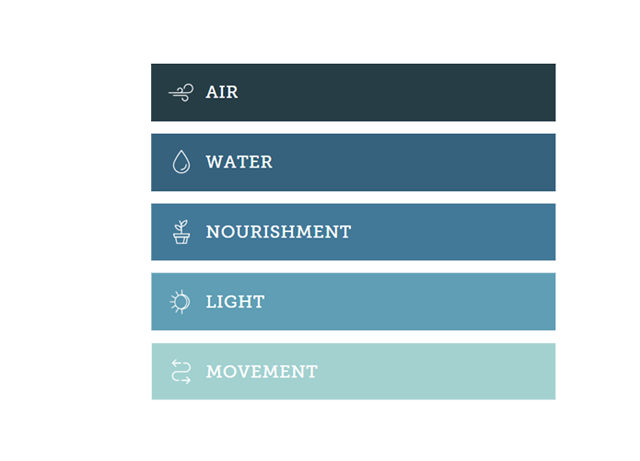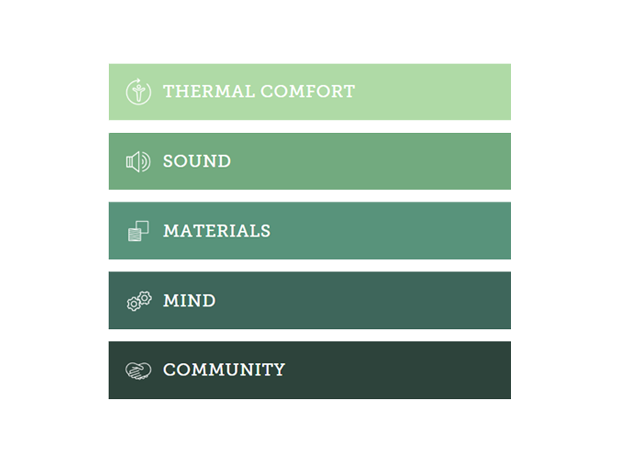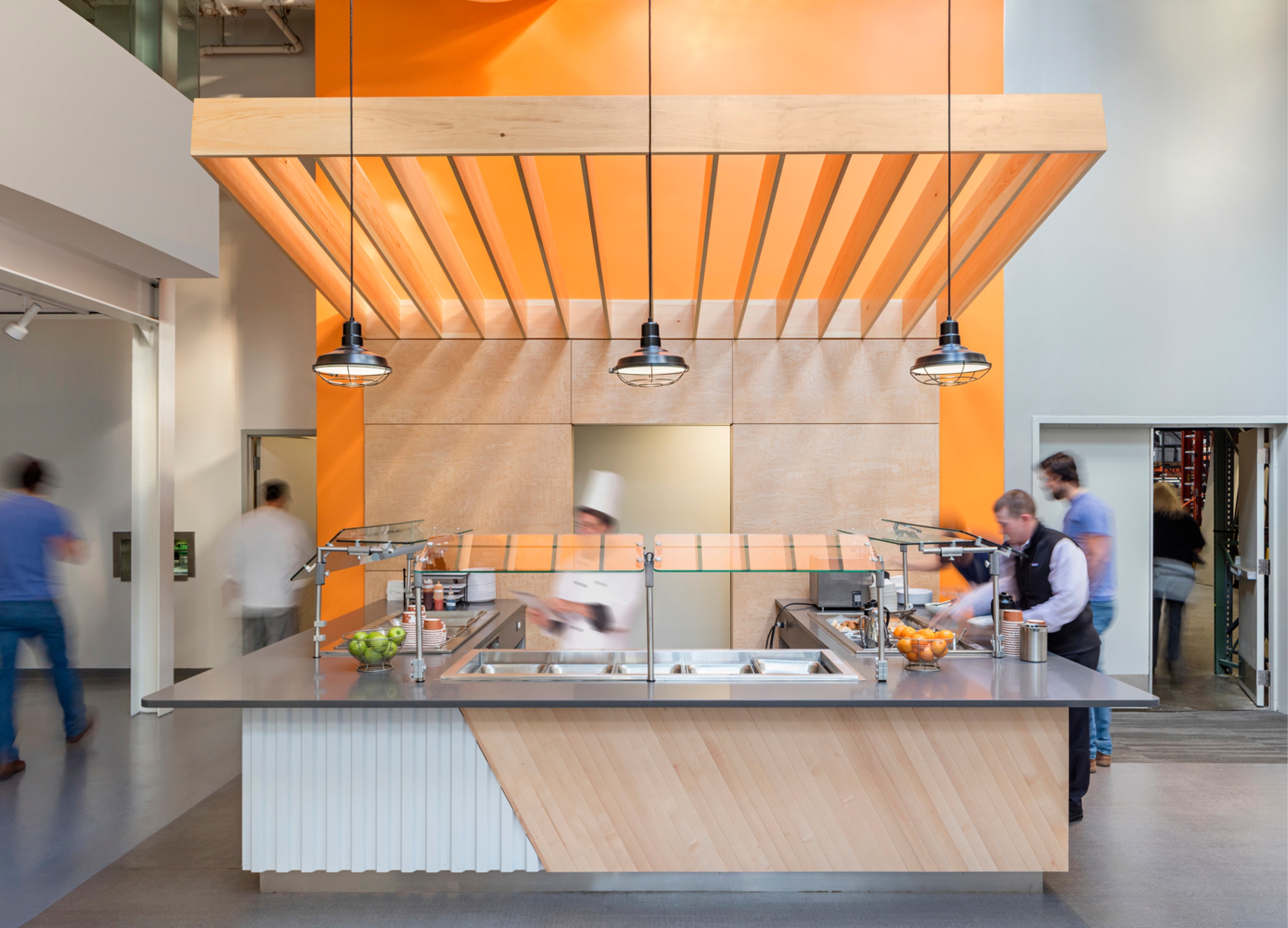Since its inception in 2014, more and more A/E professionals are learning about and adopting the WELL Building Standard. This standard combines best practices in design and construction with evidence-based medical and scientific research to configure buildings in support of human health and well-being. There are ten WELL categories (Air, Water, Nourishment, Light, Movement, Thermal Comfort, Sound, Materials, Mind, and Community) that enable experts to design spaces, measure data, and improve the quality of the health and wellbeing of their clients and respective tenants. In 2020, the WELL Building Standard was updated to the WELL v2 rating system. This new system encourages a combination of the ten categories that creates an environment that fuels our bodies, keeps us moving, inspires our best work, and encourages healthy eating habits.
Prioritizing Wellness in the Workplace
It’s a known fact that full-time employees often exceed the standardized 40 hours of work time in the office. When faced with an ever-growing nationwide workload epidemic, it becomes pertinent to prioritize employee health and wellness in the workplace.
First, let’s begin with the basics: What does wellness in the workplace mean?
The state of wellness can mean and incorporate many different aspects of one’s life, all focused on achieving leveled healthiness between your mind, body, and soul. As we go about our daily lives, we experience the highs and lows within the stages of wellness; these are the successes and failures, the "I walked the four flights of stairs today instead of taking the elevator, but I didn't get enough sleep," and the "I spent the work day with visual access to the exterior and daylight, but worked through lunch eating my food at my desk and therefore didn't give my mind a break" statements that we find ourselves reflecting on again and again.
The key to balancing these highs and lows resides in having access to important resources throughout the day that aid in overall wellness success, such as a wellness-conscious built environment or organizational policies. Fortunately for many, the wellness movement has propelled to the forefront of the workplace discussion, especially in the A/E industry. Designers of all kinds are trained to consider the health, safety, and welfare of building occupants to invite wellness to our professional lives.





